Snoopy’s Brother is a Tragic Figure
By Dan Brown
Snoopy: Doghouse Tales is the new Peanuts collection aimed at young readers.
I’m not young, but I enjoyed it. I’m a fool for Snoopy, as well as his little bird buddy Woodstock.
I recommend this one if you want to learn more about Snoopy’s family – not the human one Charlie Brown belongs to, but Snoopy’s dog siblings.
A fair number of the strips in this 172-page collection feature Spike, one of Snoopy’s brothers. Spike has always struck me as a tragic figure, so kids might learn some empathy reading this one.
What do we know about Spike, apart from the fact he is Snoopy’s bro? Here’s a few details I gleaned from Doghouse Tales.
He lives in the Mojave Desert near Needles, California. He has droopy eyes plus droopy whiskers, which look like a sad moustache.
He’s rail thin. (It’s Snoopy’s brother Olaf who looks like he swallowed a Butterball turkey whole).
He wears a bedraggled old fedora, which was once his grandfather’s fishing hat..
And there’s also something else important that readers learn – Spike has no human friends or family, no Charlie Brown figure in his life. And no Sally or Lucy or Linus, either.
This is a large part of why my heart goes out to him: He seems so alone.
Whenever we see Spike in his element, he’s surrounded only by sand and cacti.
And as we know from the tree that munches on Charlie Brown’s kites, plants in the Peanuts universe can be menacing.
Sure enough, in one of the collected strips a cactus catches a football Spike has thrown – it slowly deflates when it gets punctured by the cactus needles.
It’s a contrast to other moments, as when a cactus holds an umbrella to shield Spike from a rare rainstorm in the desert.
You know Charles Schulz was a powerful cartoonist and storyteller when he is able to invest a minor character like Spike with so much personality.
It’s also interesting to see that while Spike has an active imagination, he has no full-on flights of fantasy the same way Snoopy does. Spike never takes a trip in his mind to the First World War battlefield, he is always stuck in the now.
In one of his letters to Snoopy, Spike describes his circumstances, writing “Life here on the desert is hard but wonderful. Sometimes it is very hot. And the nights can be cold . . . But there are always beautiful places to walk and things to see.” That sounds like a spartan existence, but not without its charms.
I’m constantly amazed at how Schulz was able to grind out newspaper strip after strip over the decades. I’m guessing such characters as Spike offered him a bit of a respite, allowing him to take a break from drawing cartoons about the “main” Peanuts gang by exercising a different set of storytelling muscles.
There are the usual shenanigans in this anthology too.
Lucy continues to vex pitcher/manager Charlie Brown from the outfield by blowing routine baseball plays.
Peppermint Patty continues to receive D-minus grades, at one point being held back a grade before she is reinstated the following September, much to her friend Marci’s chagrin.
In another four-panel sequence, Snoopy lets loose as a dancer, calling himself a “Flashbeagle,” which gives you some sense of when these strips originally appeared – around the time the 1983 flick Flashdance was in theatres.
Doghouse Tales is published by Andrews McMeel Syndication. Purists will note the strips appear here in colour, not in black-and-white as they originally did Monday to Friday in daily newspapers.
Dan Brown has covered pop culture for more than 32 years as a journalist and also moderates L.A. Mood’s monthly graphic-novel group.



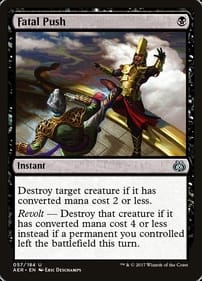
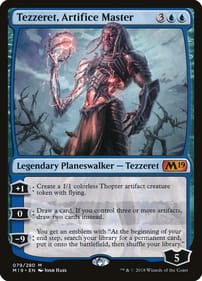
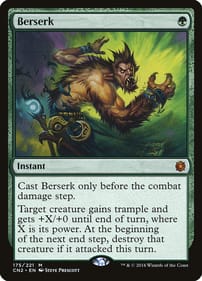
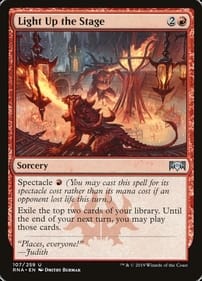
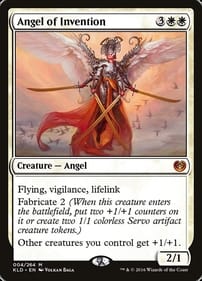
Leave a comment